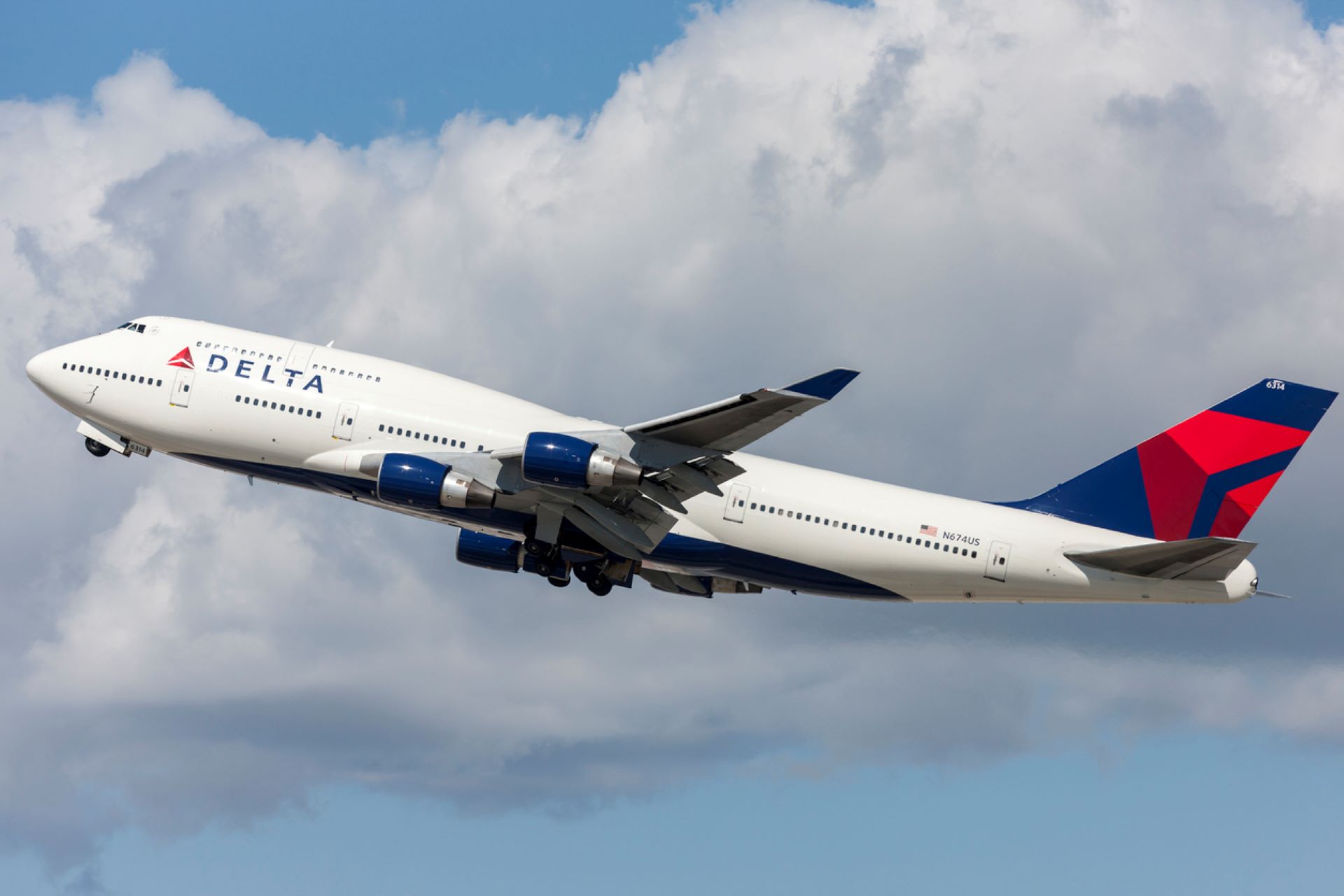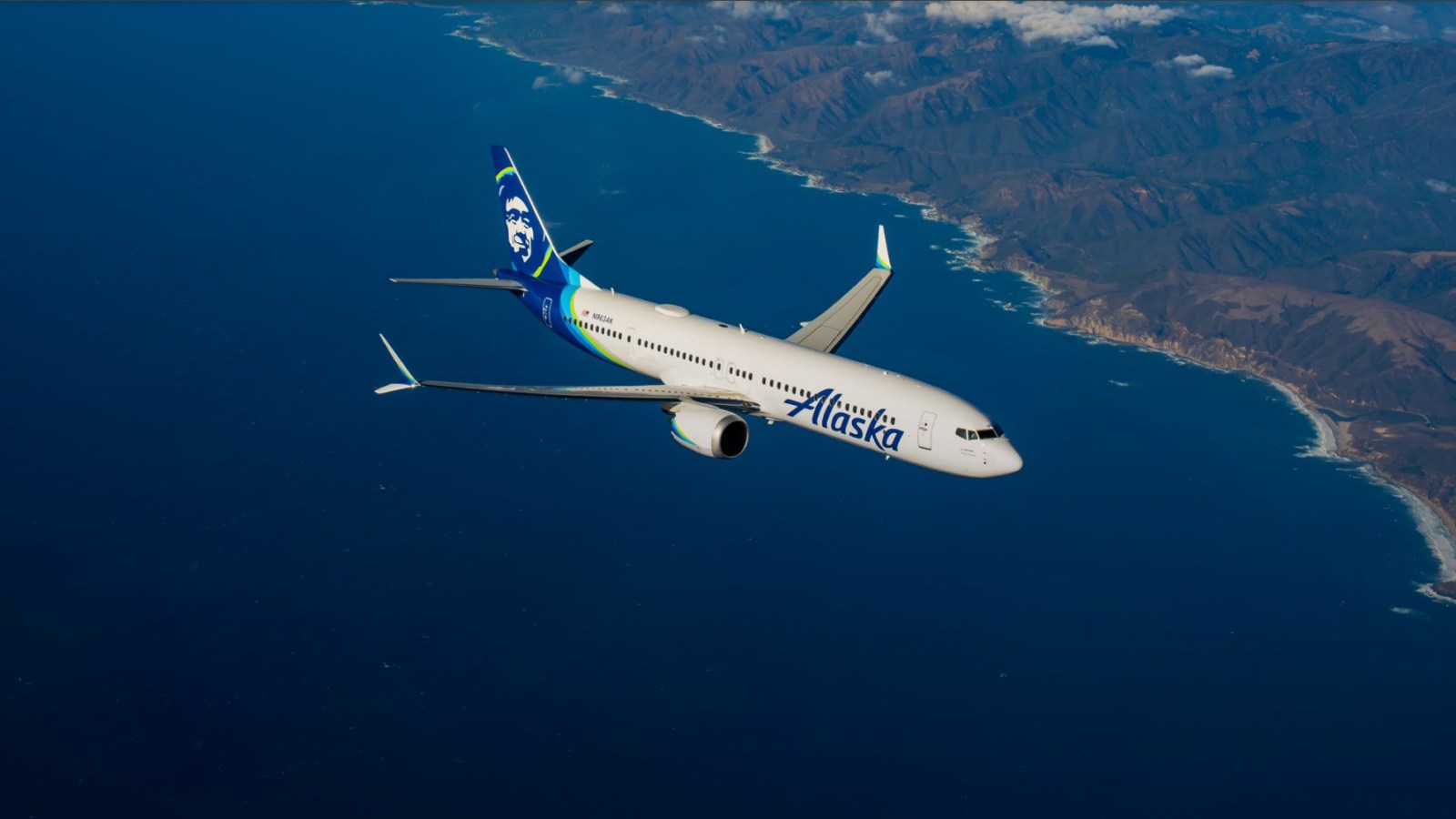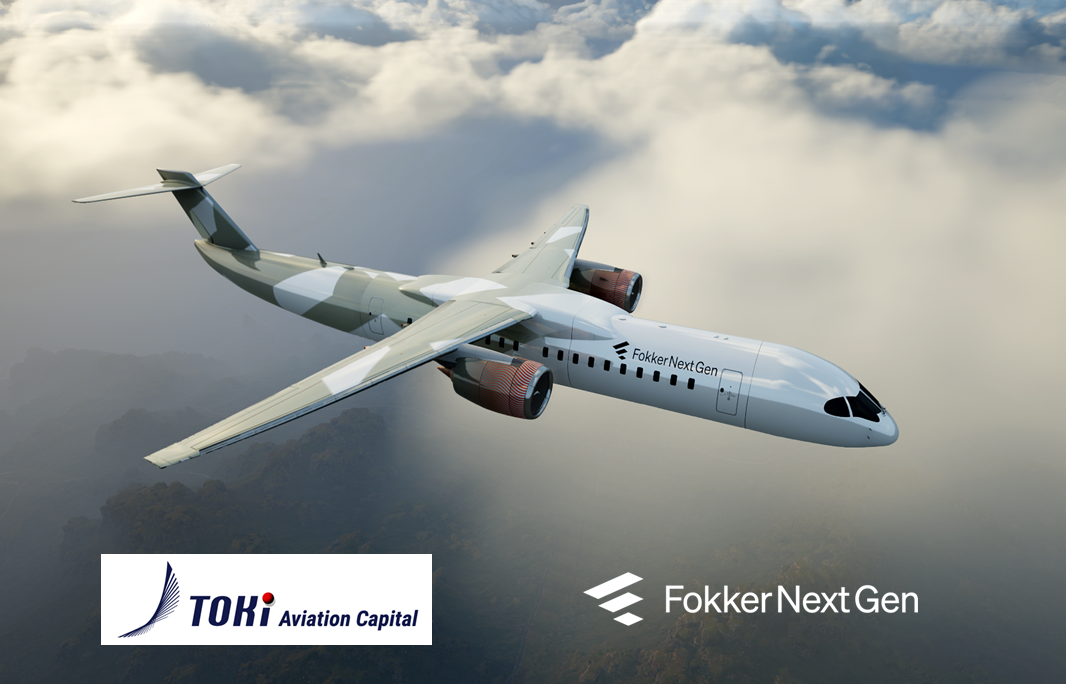
More airline companies are starting to invest in pollution-reducing efficiency innovations.
New advancements in sustainable aviation may truly be putting the “air” in “air travel.”
Virgin Atlantic recently made headlines for completing a transatlantic flight using fuel made from waste fats, saying it would reduce pollution by up to 70%, though the feat has come with criticism that it may not be meaningfully better enough than the status quo to be hailed as a solution. According to The New York Times, many airline companies have already been investing in pollution-reducing efficiency innovations that could significantly reduce the amount of pollution created by the industry, and one innovation may even make it possible to sustainably produce jet fuel using just air and water.
Several major airlines, such as Alaska, American, Delta, Southwest, and United, have pledged to achieve net-zero carbon emissions by 2050 or sooner.
One major innovation is catching the attention of air travel companies and the scientific community: alternative fuel made from our atmosphere.
Researchers have already developed the “power to liquid” process in which massive fans take carbon dioxide from the atmosphere, extract carbon from CO2 molecules, and combine it with hydrogen to create hydrocarbons. A team of researchers at Switzerland’s ETH Zurich has even built a solar tower to create “solar kerosene” using merely the air, water, and solar power.
Slash Gear reported that the U.S. Air Force is getting in on the act, allocating $65 million from its Defense Innovation Unit to a New York-based startup named Air Company seeking to create jet fuel from air and water. The project is called SynCe (Synthetic Fuels for the Contested Environment). “In a process resembling Photosynthesis, the project aims to produce synthetic jet fuel using just water and carbon dioxide present in the atmosphere,” Slash Gear wrote.
Researchers are separately working on using hydrogen itself as a fuel, though this has storage issues.
“With hydrogen, you can actually get to the point where you have zero carbon emissions,” noted Lahiru Ranasinghe, the senior sustainability manager at easyJet, a European airline investing in hydrogen-powered flight technology.
Air travel fueled by “dirty energy” is a significant contributor to our planet’s increasingly warming temperatures. Prior to 2020, flights were emitting more than 1 billion tons of carbon dioxide per year.
In addition to the CO2 pollution produced by global air travel, scientists have found that the long, wispy clouds emerging from airplane exhaust, known as condensation trails or “contrails,” also alter the Earth’s temperatures.
Technological developments like hydrogen-powered aircraft, fully electric planes, and new types of jet fuel make goals of reducing CO2 pollution all the more feasible, but time is of the essence.
New advancements in sustainable aviation may truly be putting the “air” in “air travel.”
Virgin Atlantic recently made headlines for completing a transatlantic flight using fuel made from waste fats, saying it would reduce pollution by up to 70%, though the feat has come with criticism that it may not be meaningfully better enough than the status quo to be hailed as a solution. According to The New York Times, many airline companies have already been investing in pollution-reducing efficiency innovations that could significantly reduce the amount of pollution created by the industry, and one innovation may even make it possible to sustainably produce jet fuel using just air and water.
Several major airlines, such as Alaska, American, Delta, Southwest, and United, have pledged to achieve net-zero carbon emissions by 2050 or sooner.
One major innovation is catching the attention of air travel companies and the scientific community: alternative fuel made from our atmosphere.
Researchers have already developed the “power to liquid” process in which massive fans take carbon dioxide from the atmosphere, extract carbon from CO2 molecules, and combine it with hydrogen to create hydrocarbons. A team of researchers at Switzerland’s ETH Zurich has even built a solar tower to create “solar kerosene” using merely the air, water, and solar power.
Slash Gear reported that the U.S. Air Force is getting in on the act, allocating $65 million from its Defense Innovation Unit to a New York-based startup named Air Company seeking to create jet fuel from air and water. The project is called SynCe (Synthetic Fuels for the Contested Environment). “In a process resembling Photosynthesis, the project aims to produce synthetic jet fuel using just water and carbon dioxide present in the atmosphere,” Slash Gear wrote.
Researchers are separately working on using hydrogen itself as a fuel, though this has storage issues.
“With hydrogen, you can actually get to the point where you have zero carbon emissions,” noted Lahiru Ranasinghe, the senior sustainability manager at easyJet, a European airline investing in hydrogen-powered flight technology.
Air travel fueled by “dirty energy” is a significant contributor to our planet’s increasingly warming temperatures. Prior to 2020, flights were emitting more than 1 billion tons of carbon dioxide per year.
In addition to the CO2 pollution produced by global air travel, scientists have found that the long, wispy clouds emerging from airplane exhaust, known as condensation trails or “contrails,” also alter the Earth’s temperatures.
Technological developments like hydrogen-powered aircraft, fully electric planes, and new types of jet fuel make goals of reducing CO2 pollution all the more feasible, but time is of the essence.






/cdn.vox-cdn.com/uploads/chorus_asset/file/25476438/Gen_3_Cube_Rendering.png)





